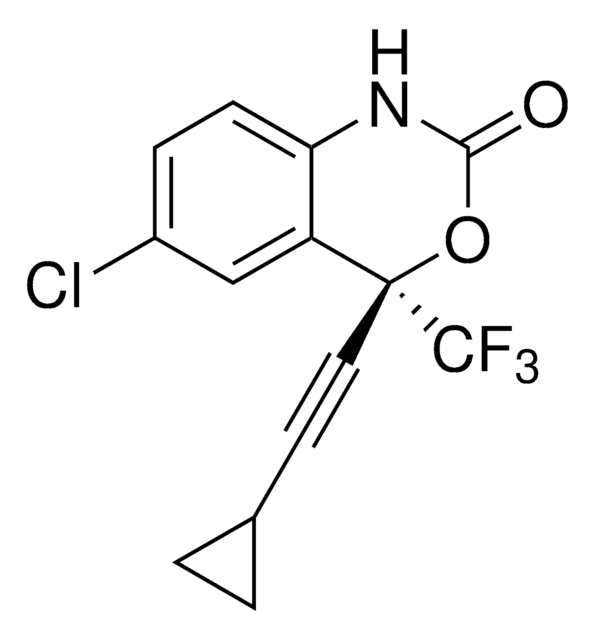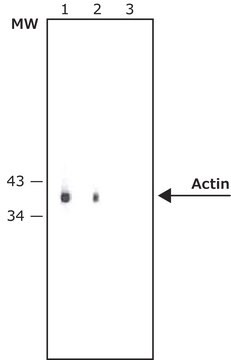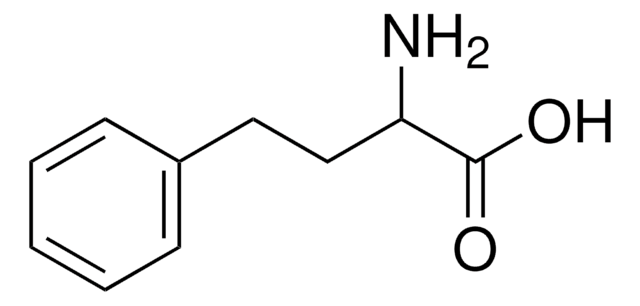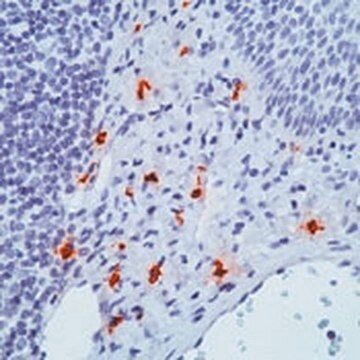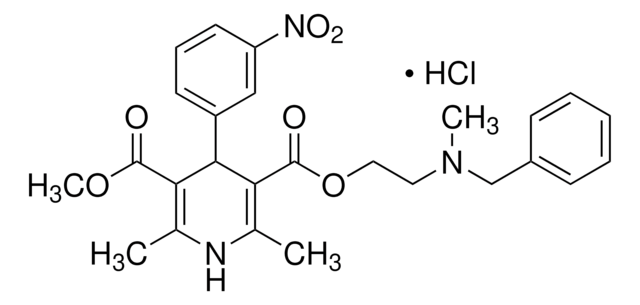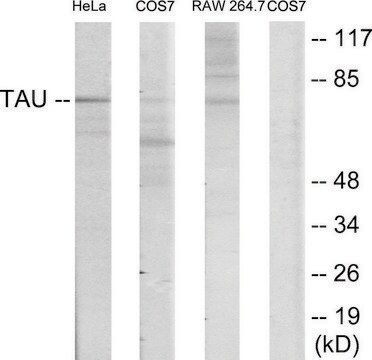K0265
Anti-Potassium Channel K2P4.1 (TRAAK)
affinity isolated antibody, lyophilized powder
Sinonimo/i:
Anti-KCNK4, Anti-TWIK-related arachidonic acid-stimulated K+ channel
About This Item
WB
western blot: 1:200 using HEK-K2P4.1 transfected cells or rat cerebellum lysate
Prodotti consigliati
Origine biologica
rabbit
Livello qualitativo
Coniugato
unconjugated
Forma dell’anticorpo
affinity isolated antibody
Tipo di anticorpo
primary antibodies
Clone
polyclonal
Stato
lyophilized powder
Reattività contro le specie
human, rat
tecniche
immunohistochemistry: suitable
western blot: 1:200 using HEK-K2P4.1 transfected cells or rat cerebellum lysate
N° accesso UniProt
Temperatura di conservazione
−20°C
modifica post-traduzionali bersaglio
unmodified
Informazioni sul gene
human ... KCNK4(50801)
rat ... Kcnk4(116489)
Descrizione generale
Specificità
Immunogeno
Azioni biochim/fisiol
Stato fisico
Ricostituzione
Esclusione di responsabilità
Non trovi il prodotto giusto?
Prova il nostro Motore di ricerca dei prodotti.
Codice della classe di stoccaggio
10 - Combustible liquids
Classe di pericolosità dell'acqua (WGK)
nwg
Punto d’infiammabilità (°F)
Not applicable
Punto d’infiammabilità (°C)
Not applicable
Scegli una delle versioni più recenti:
Possiedi già questo prodotto?
I documenti relativi ai prodotti acquistati recentemente sono disponibili nell’Archivio dei documenti.
Il team dei nostri ricercatori vanta grande esperienza in tutte le aree della ricerca quali Life Science, scienza dei materiali, sintesi chimica, cromatografia, discipline analitiche, ecc..
Contatta l'Assistenza Tecnica.
